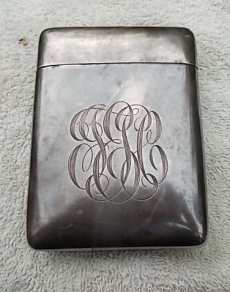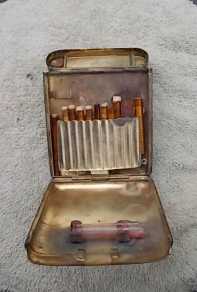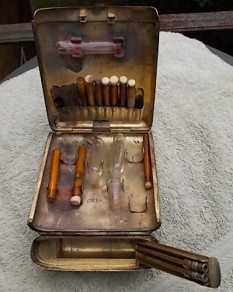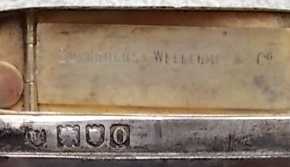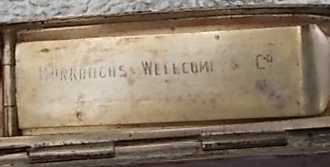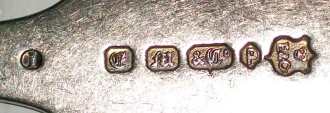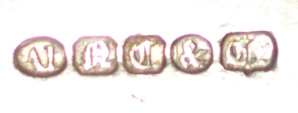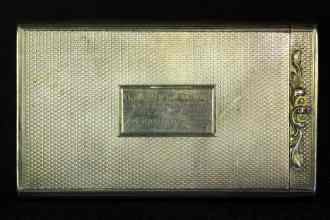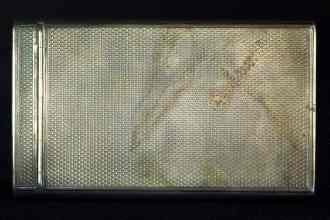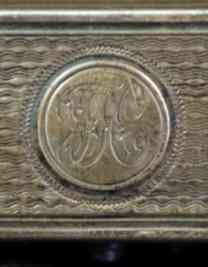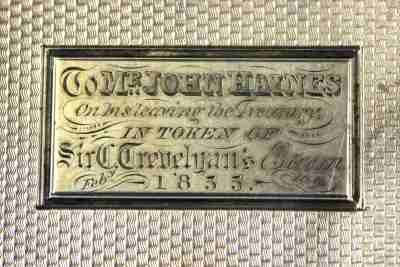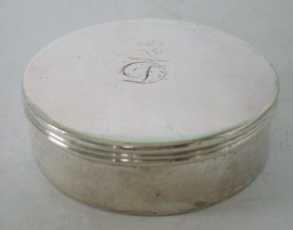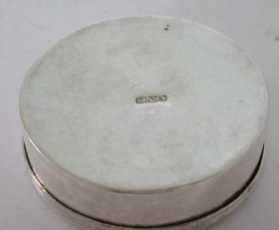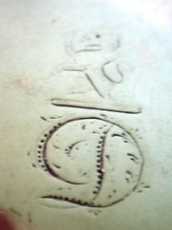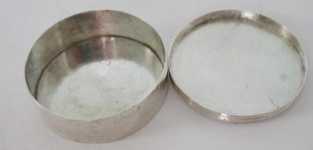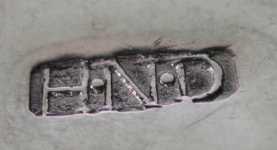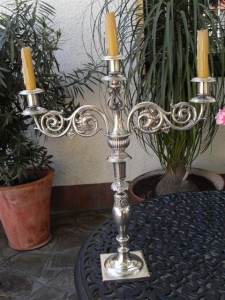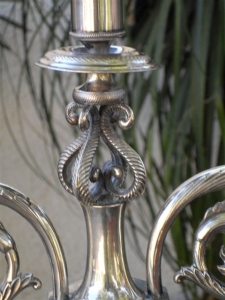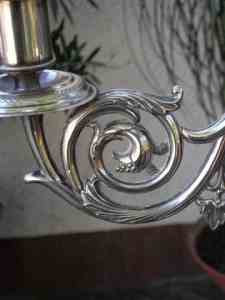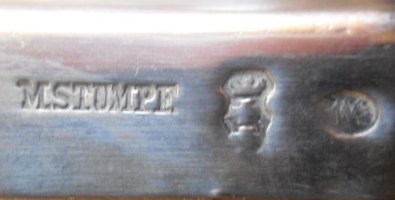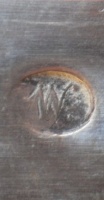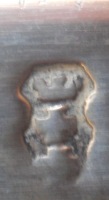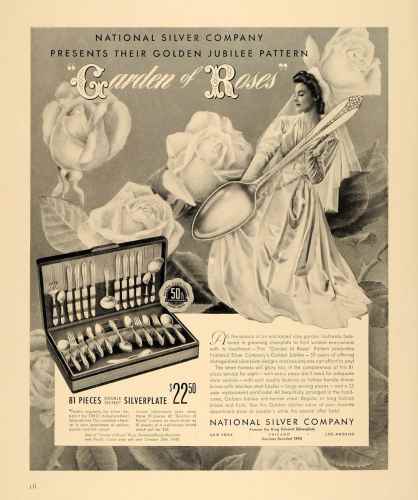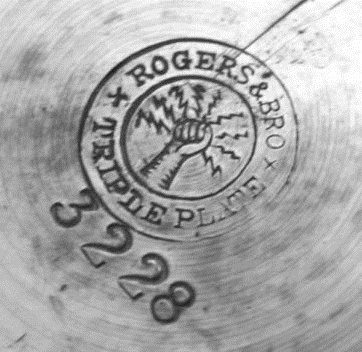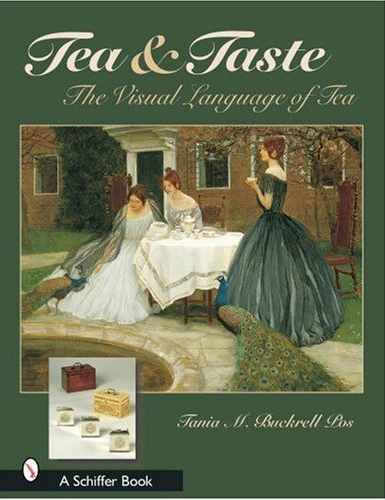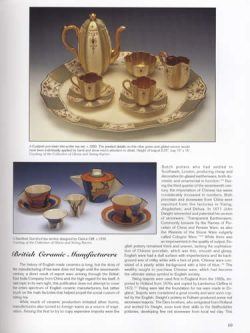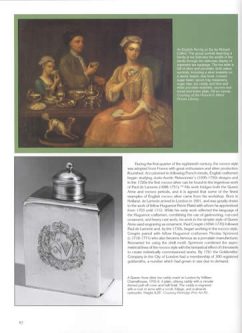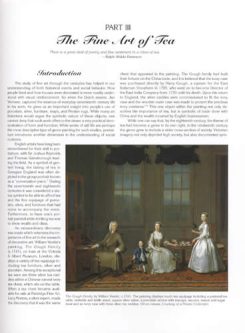 newsletter # 102 November 2012
newsletter # 102 November 2012www.ASCASonline.org SITE MAP
email: silverassociation@yahoo.it
YOUR GUIDE TO NOVEMBER NEWSLETTER:
articles
new
members
members' window
|
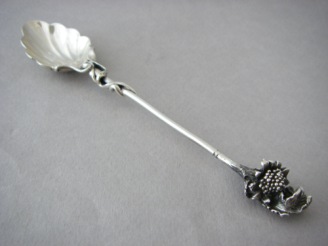
Christine Erratt presents:
|
New members
Welcome to new ASCAS members:
Ray Berrie- USA
Ian Barrie Egerton - Australia
George L. Lee III - USA
Will Paulsen - USA
Walter Snyder - Switzerland
|
top page -
page map |
Members' Window # 102
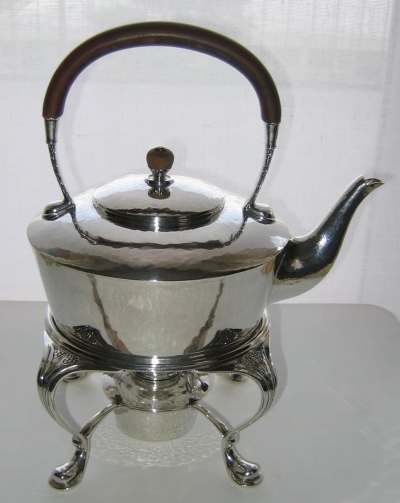
Giovanni Ciceri presents:
|
Mail to ASCAS: e-mail silverassociation@yahoo.it
Kevin J. Villa writes:
... I just found this medical kit at an estate. I cleaned out,
wondered if you could tell me anymore about it.
It is marked .925. I know that it's English and made by
Burroughs Wellcome Co. Is the date 1909?
It is 4 1/4 inches long by 3 1/4 wide by about an inch thick.
Thank You,
Kevin J. Villa
Your item is dated London 1909. The maker is, possibly
(the image isn’t well readable) Sir Bache Cunard Bt.
Giorgio Busetto
Michael Speedway writes:
... Could you help me with two spoons? I think one of them is an
Elkington & co, but I am not sure about the other one.
I would much appreciate if you have a look at the pictures
attached to this email.
Thank you,
Michael Speedway
The makers are:
- Elkington & Co, date 1854 (see my website at
http://www.silvercollection.it/Elkington.html )
- Naylor Clark & Co (see my website at
http://www.silvercollection.it/electroplatesilverNOP.html )
Obviously both spoons are silverplate and not sterling silver.
Giorgio Busetto
Chris Madoyris writes:
... I was hoping on some feedback on a sterling silver cigar
case that I own. It's been in my possession for nearly thirty
years. I bought it at a garage sale when I was in my early teens
and have always wondered about its history.
I've conducted some on-line research over the years but ended
confused as of its history. Could you shed some light on the
hallmarks as attached to the case?
Your thoughts about the item would be welcome.
The measurement are
125mm long - 74mm wide - 17mm thick 157g weight
Once again thank you
Chris Madoyris
Your cigar case is marked London 1841 and the maker is
Edward Edwards II. He was, possibly, the son of Edward Edwards I
and entered his marks in 1828, 1840 and 1841. He was active at
60 Red Lion Street, London (from 1829).
Giorgio Busetto
Hymie Dinerstein writes:
... I need help in identifying a circular box with a pull off
lid.
This is a good quality box which is 2 7/8” (73mm) wide and 1”
(23mm) thick and weighing 141 grams.
I am attaching pictures with photo of the only mark underneath
and the initials on the lid.
Can you help identify this piece.
Regards
Hymie Dinerstein
Paola Venturelli writes:
... I need your help to identify the marks of a chalice with
silver base and ivory cup. I believe it's a 19th century
manufacture.
Paola Venturelli
Replies to questions
Cornelia Thier
receives these answers about her silver candelabrum
(see October 2012 Newsletter)
Christophe Ginter writes:... Regarding the last ASCAS newsletter and precisely Cornelia Thier's
request.
Obviously a "danziger" (under German vocable) item, datation
1840-1870, sterling silver.
The silversmith is Michael STUMPF, registered approximately
1835-1870 in this city.
The "W" is punched as a belonging mark to Prussia (Preussen mark),
not as a datation mark, the famous city part of German states
until 1918, today GDANSK in Poland.
Christophe Ginter
Charles C. Cage writes:... Regarding Cornelia Thier's lovely candelabrum, it is indeed from
Danzig/Gdansk. The maker "M. Stumpf" is the Carl Moritz Stumpf,
master 1832, died 1894. The "W" is the mark of assayer Carl
August Winkelmann, who served in that office 1841-1844 and again
1846-1849, this narrowing the date of manufacture.
Charles C. Cage
"A PAGE per MONTH"
In this column we presents a page obtained from makers'
brochures, books, auction catalogs, advertising or whatever
other printed paper, related to silver, that may be of interest
for ASCAS members.
The images will be published at a "low resolution" level and for
private and personal use only
"A WORD per MONTH"
In this column we
present an abstract from a page of the "What is? Silver
Dictionary"
courtesy of


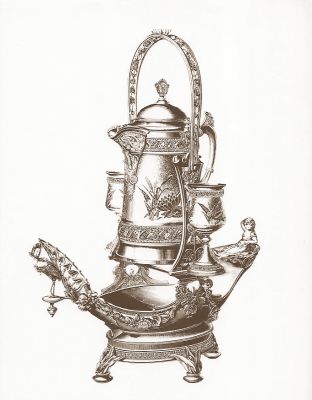
|
ICE WATER PITCHERThe ice water pitcher is a typical device of
American Victorian silverplate.
|
"A SILVERSMITH per MONTH"
In this column
we present marks, information and history of silversmiths and
silver manufacturers.
This column is published under the kind permission of Giorgio
Busetto's website

|
"A BOOK ON MY SHELF"
In this column we present books, new
or ancient, dealing with silver in all its aspects (history,
marks, oddities...). This isn't a "book review" but only a fair
presentation of some useful "tools" that anyone may have in the
shelf of his bookcase.
ASCAS members are invited to contribute to this column
(click to enlarge images)
In the "book on my shelf" of this month ASCAS presents:

Custom Search
Closing our November 2012 edition of ASCAS Newsletter I hope you have appreciated its content.
Your comments, suggestions and advice will be of great help.
My thanks to Giovanni Ciceri, Hymie Dinerstein, Christine Erratt, Chris Madoyris, Michael Speedway, Paola Venturelli, Kevin J. Villa for their invaluable contributions.
Giorgio Busetto
Secretary
ASCAS is a community of people having a common
interest in antique silver.
|

